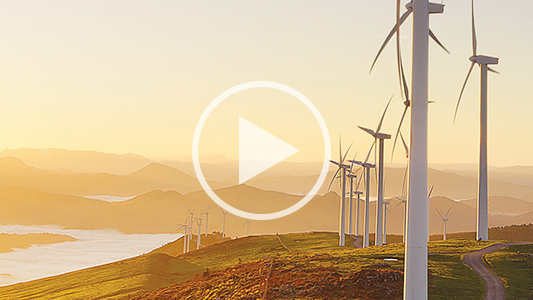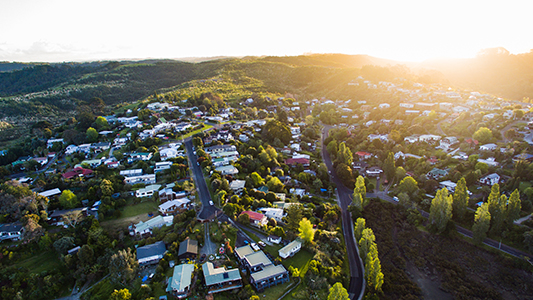INSIGHTS
THE BIGGEST INVESTMENT RISK OF ALL
Mark Lister, 22 July 2021
I had a birthday last week, 45 if you must know. Aside from the realisation that I’m closer to 50 than 40, it got me thinking about how much investment risk someone of my vintage should be taking.
Right off the bat, let me say I’m not a believer in generalisations or one size fits all solutions. Everyone is different, so what’s right for one of us won’t necessarily make any sense for others.
However, we can still make a few observations that might provide food for thought for some.
The biggest decision in investing is the one you make right at the start, before you get to the part where you choose which shares to own.
Stock picking is much more interesting, but it won't impact your future returns (or potential risks) anywhere as much as your asset allocation.
The crux of it is to figure out what proportion of your wealth to put into growth assets, compared with safer, conservative assets.
Growth assets are things like shares, property and private companies, while conservative assets include bonds, fixed income and term deposits.
In the world of KiwiSaver, a growth fund would be dominated by that first group, while a conservative fund would mostly hold the second. A balanced fund would be somewhere in the middle, usually with about a 60/40 split.
Anyway, they say as you get older you should steadily reduce the level of growth assets, in favour of more conservative ones.
This makes sense, as younger people have more working years left in them and more time to recover from any market disasters.
Older people are often more focused on stability of returns, predictable income, and an asset mix that minimises volatility during rough patches.
A rule of thumb that’s been around for a long time says that if you subtract your age from 100, the number you get is the percentage of your portfolio that should be in growth assets, while the rest should be in the safer stuff.
That suggests I should have 45 per cent of my portfolio in conservative assets, which feels way too high. Maybe I’m yet to accept how far down the track I am, or maybe I have a higher tolerance for risk than most.
As an investment professional, the latter is almost certainly true. But even so, I’m not sure I would suggest any of my similarly aged friends adopt such a conservative approach.
These days, thanks to improved healthcare and better lifestyle choices, we’re all living and working longer. That means a slightly bigger dose of growth assets is essential, to ensure our investments last us longer and our capital keeps up with inflation.
Speaking of the “i” word, don’t underestimate how it can decimate your wealth even at relatively modest levels. At its current annual rate of 3.3 per cent, inflation would reduce the value of $1.00 left “under the mattress” to just $0.44 in 25 years.
If you want to avoid that, you’d better make sure your money is providing a return that at least matches the inflation rate, more if you intend to live off your investments and spend some of those returns along the way.
I meet a lot of investors who, despite being in retirement themselves, think about their wealth as intergenerational. If you’re lucky enough to have more capital than you’re likely to be able to spend over your lifetime, you also need to think carefully about your risk profile. Your investment time horizon might be much longer than you realise.
I’ve heard that more recently the old adage has become the rule of 120, to bring it up to date for the modern world. That would bump my growth allocation from 55 per cent to 75 per cent. Getting better, but I’m still not sure.
If 40 (or 45) is the new 30 and 70 is the new 60, then maybe the biggest risk of all is not taking on enough risk.




